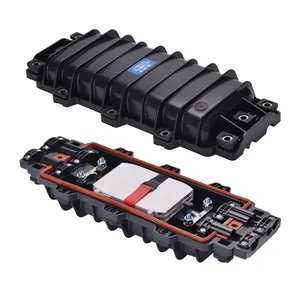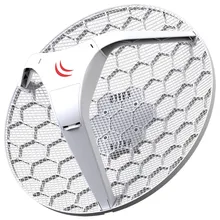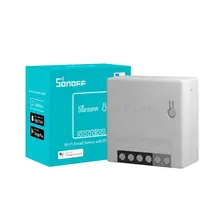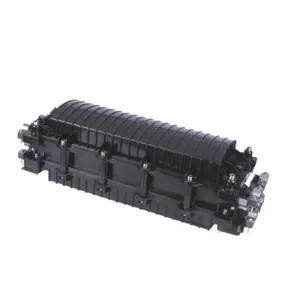Understanding Optical Fiber Cable Joint Closure 3M
Optical fiber technology has revolutionized the way we transmit data, offering faster speeds and higher bandwidth. Central to this technology is the optical fiber cable joint closure 3M, a pivotal component in safeguarding fiber optic connections. This enclosure is engineered to protect fiber optic splices from environmental hazards and mechanical damage, ensuring consistent signal integrity.
Types and Applications
The versatility of optical fiber cable joint closures is evident in their various types, each designed to cater to different environmental conditions and installation scenarios. Whether for aerial, duct, direct burial, or underwater applications, these closures are integral in maintaining the performance of fiber networks in telecommunications, broadband, and various data transmission systems.
Features and Materials
A fiber optic splice closure is characterized by its robust design, typically made from high-quality, durable materials like polymer plastic or high-density polyethylene. These materials are chosen for their resistance to UV rays, extreme temperatures, and chemical exposure. The closures often come with reliable sealing mechanisms to prevent the ingress of moisture and dust, which are critical features for ensuring the longevity and reliability of the fiber splices within.
Advantages of Using 3M Joint Closures
The use of a fiber optic joint closure brings several advantages to a fiber optic network. It provides a secure environment for fiber optic splices, reducing the risk of signal loss or degradation due to external factors. Additionally, the design facilitates easy access for maintenance and future upgrades, which is essential for adapting to evolving network demands.
Selection Considerations
When selecting an optical fiber joint closure, it is crucial to consider factors such as the number of fiber entries, the capacity of fiber splices, and the specific environmental conditions it will be exposed to. This ensures that the chosen closure meets the requirements of the network's scope and complexity.
Integration with Fiber Networks
Integrating a 3M fiber optic cable joint closure into a fiber network is a strategic move to enhance the network's durability and performance. While the selection process is critical, the implementation of these closures plays a significant role in the overall efficiency and reliability of fiber optic systems.











































 浙公网安备 33010002000092号
浙公网安备 33010002000092号 浙B2-20120091-4
浙B2-20120091-4